Cars
McLaren Artura Is The Brand’s First Plug-In Hybrid Supercar
Earlier today, the 2022 Porsche 911 GT3 was unveiled, a naturally-aspirated racecar that keeps things decidedly old school, complete with a six-speed manual transmission. And now we have McLaren introducing something on the completely other end of the spectrum, a plug-in hybrid supercar that leans into electrification and technology.
The all-new McLaren Artura just made its world debut, marking the beginning of both a new chapter for the luxury supercar company and a new era in supercar technology & performance. McLaren’s first series-production High-Performance Hybrid supercar blends groundbreaking technology with McLaren’s dedication to pure driver engagement.
At first glance, it’s easy to dismiss the Artura as “just another McLaren”, because honestly they all pretty much look the same. But dig deeper, and you’ll find that this is a brand-new car from the ground up, and unlike anything they’ve done before, despite the fact that the glorious P1 and limited-edition Speedtail both incorporated electrification in some fashion.
The brief for the McLaren Artura was to create a series-production High-Performance Hybrid supercar that excels on every level, with performance, engagement and efficiency sharing top billing equally. The engineering and design team approached things holistically: no single part of the process was undertaken in isolation, with ambitious targets set in every area – weight, performance, driver engagement, efficiency, agility, refinement, quality and usability.
It all starts with the McLaren Carbon Lightweight Architecture (MCLA), which is optimized for High-Performance Hybrid models and is comprised of three elements – an all-new carbon fiber monocoque, electrical architecture and chassis & suspension structures. The CF structure now additionally provides a safety cell for the battery pack and integrates further crash and load-bearing functionality. Yet it remains incredibly lightweight, weighing just 181lbs.
Despite all the extra weight that the plug-in hybrid powertrain and heavy batteries adds to the package, McLaren managed to keep the Artura down to a lean 3,303 pounds, the lightest in its class. That’s a seriously impressive feat, though McLaren is no stranger to super-lightweight engineering, having more than half-a-century of experience in race- and road-car engineering.
Powering the Artura is a new 3.0-liter twin-turbo V6 engine that puts out 577 horsepower and 431 pound-feet of torque. The dry-sump aluminum engine is compact & lightweight, weighing in at just 353lbs (110lbs less than a McLaren V8). It’s also significantly shorter, allowing for a more efficient placement in the vehicle, and contributing to a lower center of gravity.
The Artura’s new V6 works in conjunction with a compact electric motor that is powered by a 7.4-kilowatt-hour battery, delivering an additional 94 hp and 166 lb-ft of torque. That gives the Artura a total system output of 671 hp and 531 lb-ft of torque. The electric motor has a top speed of 81 mph and an electric-only range of 19 miles. Electric motor engagement depends on which drive mode (Comfort, Sport, Track) is being used.
McLaren quotes some impressive performance numbers for the Artura: 0-60 mph in 3 seconds, 0-124 mph in 8.3 seconds, 0-186 mph in 21.5 seconds. Top speed is limited to 205mph. Power is routed to the ground through an eight-speed sequential automatic gearbox, which delivers lightning fast gearshifts (close to 200 milliseconds) while twin clutches enable the continuous transfer of torque from the input to the driveshafts during each change of gear.
McLaren engineers focused on stability under braking; rear-end controllability; increased grip and optimized aerodynamic downforce – as well as enhanced driver engagement across the board. Key to hitting these goals is their first-ever deployment of an electronically controlled differential (E-diff), to independently control torque moving across the rear axle. Lighter, more controllable and smaller than a mechanical locking diff (it fits within the transmission), the E-diff locks and unlocks individual rear wheels to improve traction out of corners.
The innovative rear suspension system pairs a top upper wishbone with two lower links and a tie rod in front of the wheel center to maximize vehicle stability and precision, and to reduce understeer out of a corner while accelerating. The wider tires allow additional stability and better traction performance while the combo of a short wheelbase, E-diff and the physical downforce provided by the integrated rear spoiler and diffuser ensure both great agility at low speed and a high level of stability at high speed. The E-diff increases performance and driver confidence when cornering, enhancing traction and reducing levels of understeer.
Dynamic precision is also enhanced by Pirelli Cyber Tire technology. Comprising hardware and software integrated with the Artura’s electronic systems and featuring an electronic ‘chip’ inside each tire, Pirelli Cyber Tire generates real-time data and relays it to the car’s stability control systems to optimize tire performance. Pirelli P-Zero tires are standard, with the more performance-oriented Pirelli P-Zero Corsa (outfitted with the same tech) are optional.
One feature that is unashamedly not new on the Artura is McLaren’s trademark hydraulically-assisted steering. Proven on generations of McLaren supercars, it remains the ultimate system for providing feedback. In the Artura, the system has been fully redesigned to reduce weight and is combined with an updated and bespoke version of McLaren’s Proactive Damping Control system that further supports exceptional ride and handling characteristics.
Braking performance is also exceptional, thanks to the Artura being fitted with carbon ceramic brakes and lightweight aluminum calipers from the same family as the systems that feature in McLaren’s latest LT models. The carbon ceramic discs measure 15.4 inches at the front and 15 inches at the rear and, working in conjunction with the kinematics of the new rear axle design, deliver superior high-speed braking power and stability.
In addition to the discs and forged aluminum calipers (6-piston front monobloc, 4-piston rear), the Artura adopts a version of the Formula 1-inspired integrated caliper cooling ducts seen on the 765LT. This technology delivers cooling air to the front calipers and discs, reducing brake pad temperatures during track driving.
Visually, the McLaren Artura has perfect supercar proportions – a long, low sleek nose, long roofline, very fast windscreen angle and very ‘cab-forward’ stance. Coupled with a compact wheelbase, 19-inch and 20-inch wheels and high fenders and haunches, the result is a superb dynamic feel overall, enhanced by the extremely compact rear overhang.
McLaren refers to the car’s pure, minimalist aggressive beauty as appearing almost effortless. But in truth, every vent, duct, fold, even the door mirrors, have a specific purpose in managing airflow, cooling radiators, optimizing downforce and enabling onboard technology. Vented louvres on the front fenders, for example, reduce pressure in the wheel arches and guide ‘dirty’ air away from the side intakes; while ‘clean’ air is guided into those intakes via a complex aero path involving sculpted door channels.
All in all, it is a very sharp looking car, albeit a little subdued for my tastes. It honestly doesn’t look much different than the 570GT I drove years ago, even if it’s a completely different animal under the skin. But that’s what you get with McLaren, and as you just read, everything you see on the car is completely functional.
The interior of the McLaren Artura is an environment that blends revolutionary ergonomics, technology, design and refinement. An increased feeling of space is created by all surfaces being as far outwards as possible in order to maximize the interior volume, and the materials used, from leathers to machined switchgear, create a technical and contemporary ambience.
Every McLaren cockpit is built around the driver, but the Artura brings a new level of meaning to that principle. This is achieved by mounting the Digital Instrument Cluster to the steering column, so it moves in conjunction with the steering wheel. As a driver adjusts the column to their preferred position, perfect visibility of the instrumentation is maintained – and better still, the rocker switches for the Powertrain and Handling modes are at their fingertips, being mounted either side of the binnacle.
Also clearly prominent is an 8-inch vertical touchscreen. This new infotainment system (MIS II) works through a series of apps, just like a smartphone, and it features voice control, Apple CarPlay and Android Auto, Bluetooth key detection, and more. Additionally, fully electric 10-way adjustable heated sports seats with memory function and comfort entry/exit come as standard equipment on the Artura in the US.
The McLaren Artura has a starting price of $225,000, and it comes pretty well equipped in base trim, with power-adjustable Comfort Seats, smartphone mirroring function and a Practicality Pack featuring vehicle nose lift, power folding and heated door mirrors, soft close doors and Homelink all as standard equipment.
For those wanting a bit more flair, there are three additional core specifications: Performance, which has a sporting, functional aesthetic; TechLux, where the focus is on technical luxury; and Vision, which displays a more avant-garde and adventurous look and feel. And of course, more exclusive tailoring is offered through the McLaren Special Operations (MSO) division.
Deliveries of the Artura are expected to start in Q3 of this year, and McLaren dealerships are currently taking orders. For more information, visit http://cars.mclaren.com/en/artura.
What do you think of the McLaren Artura?

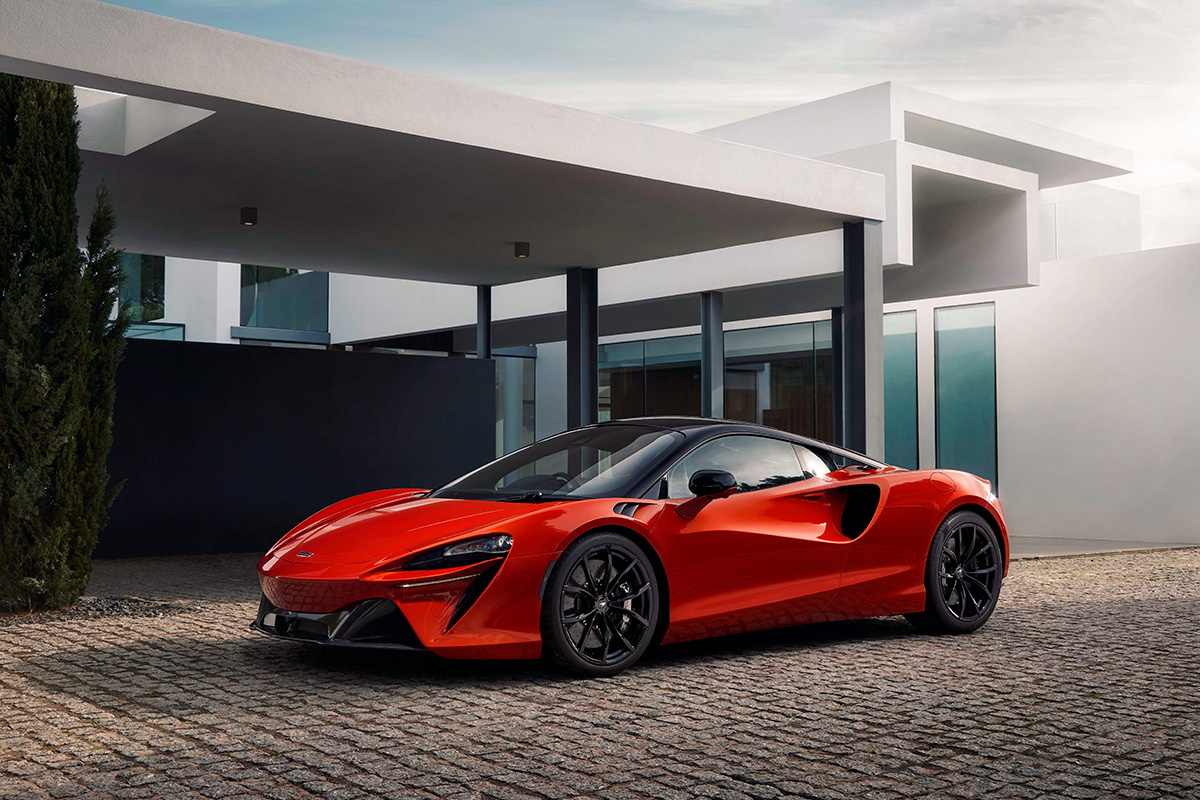
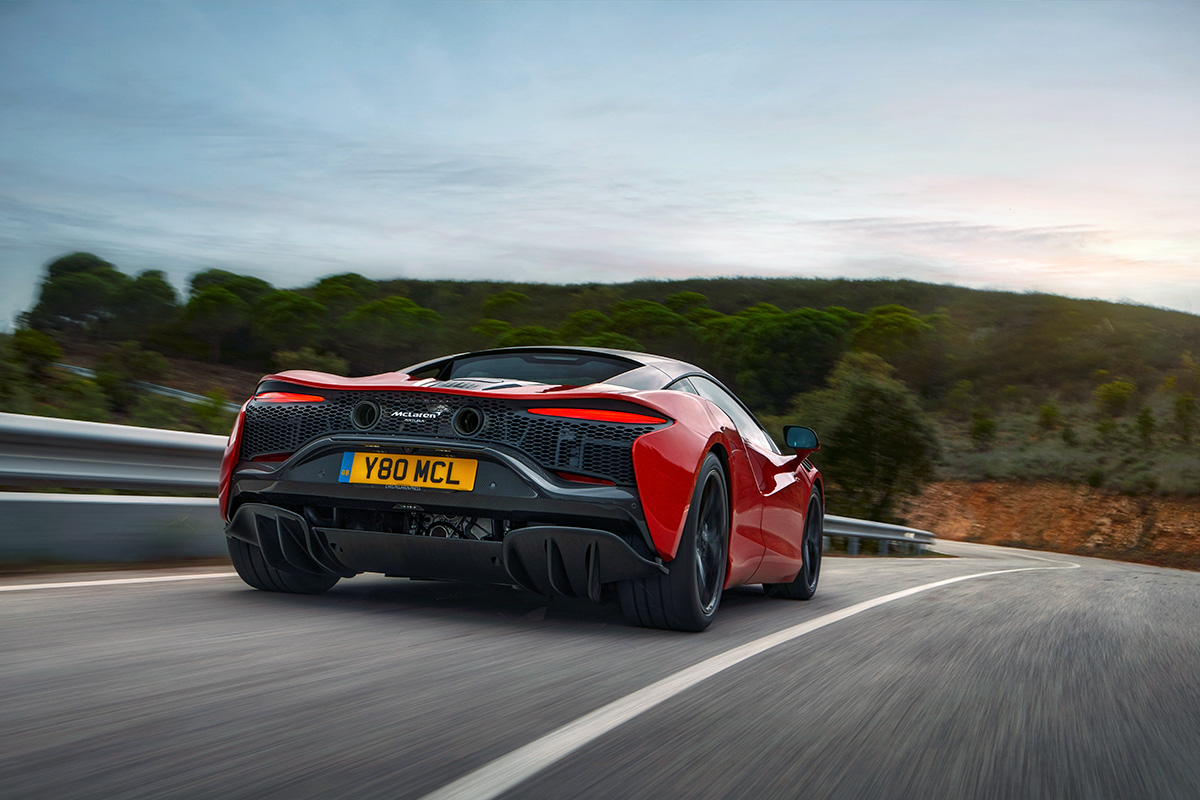
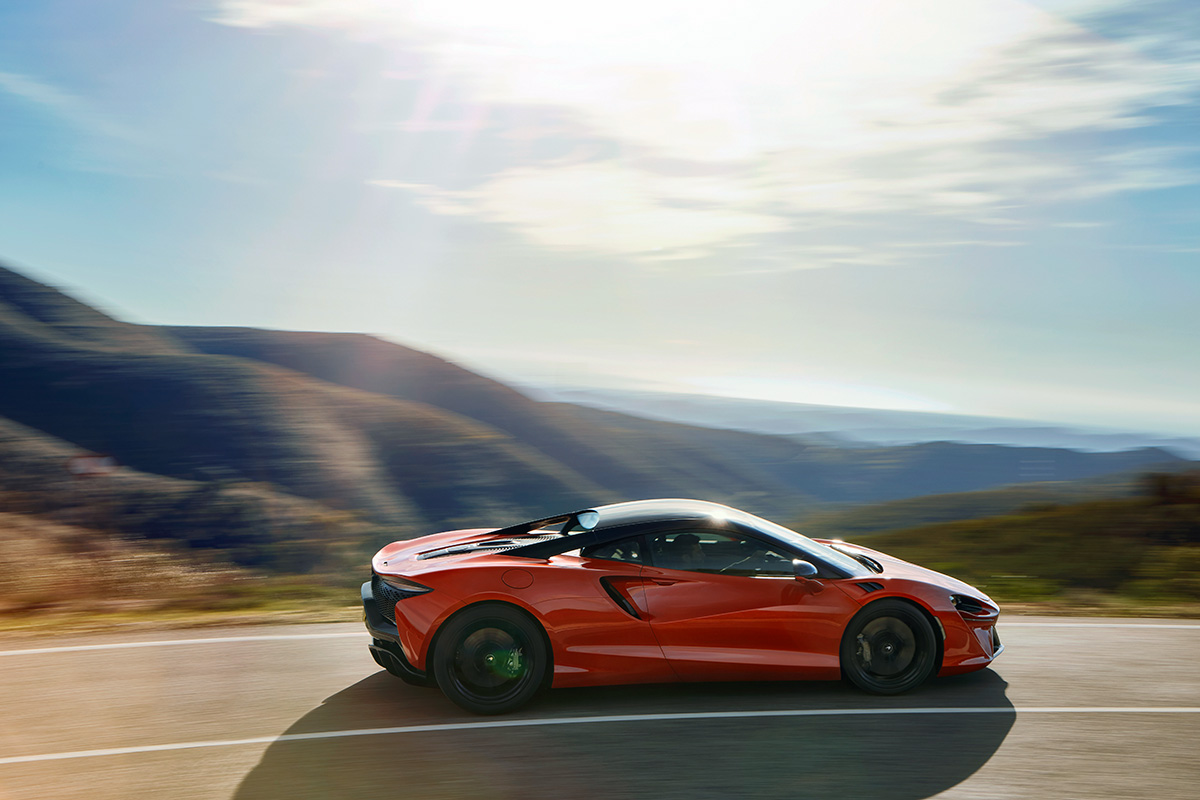
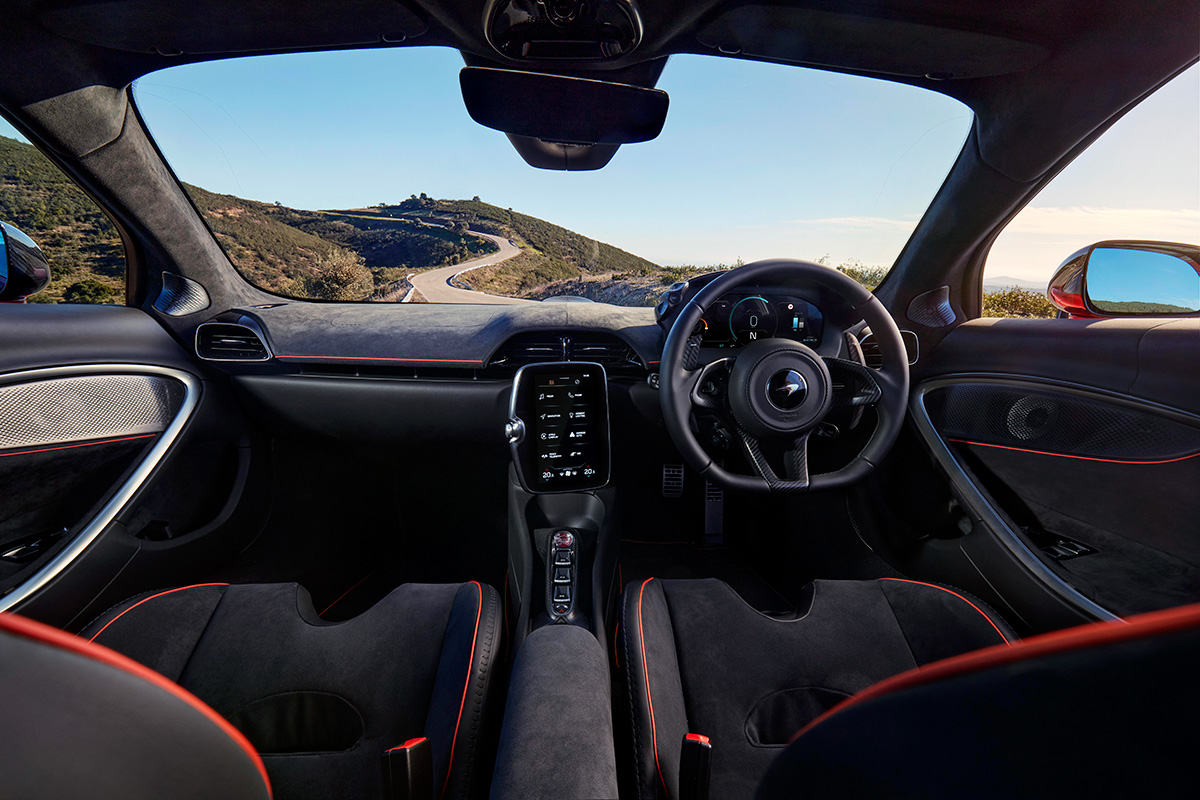
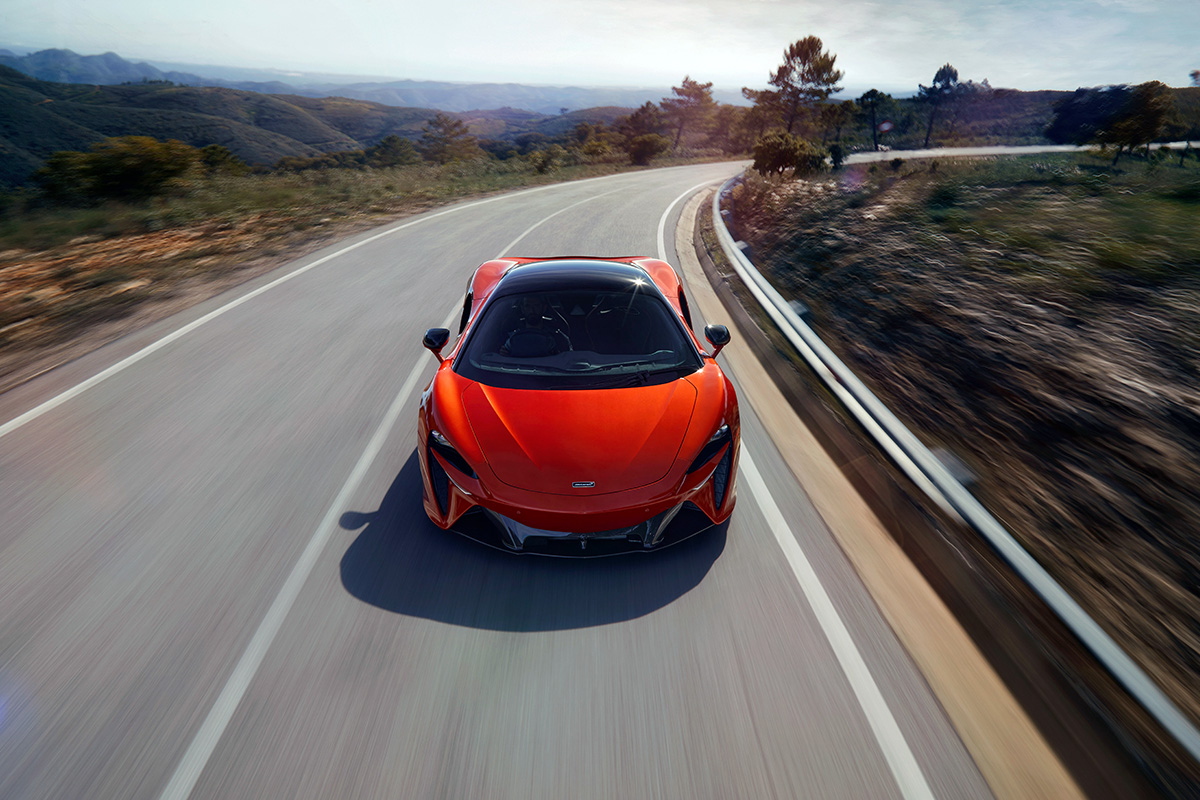
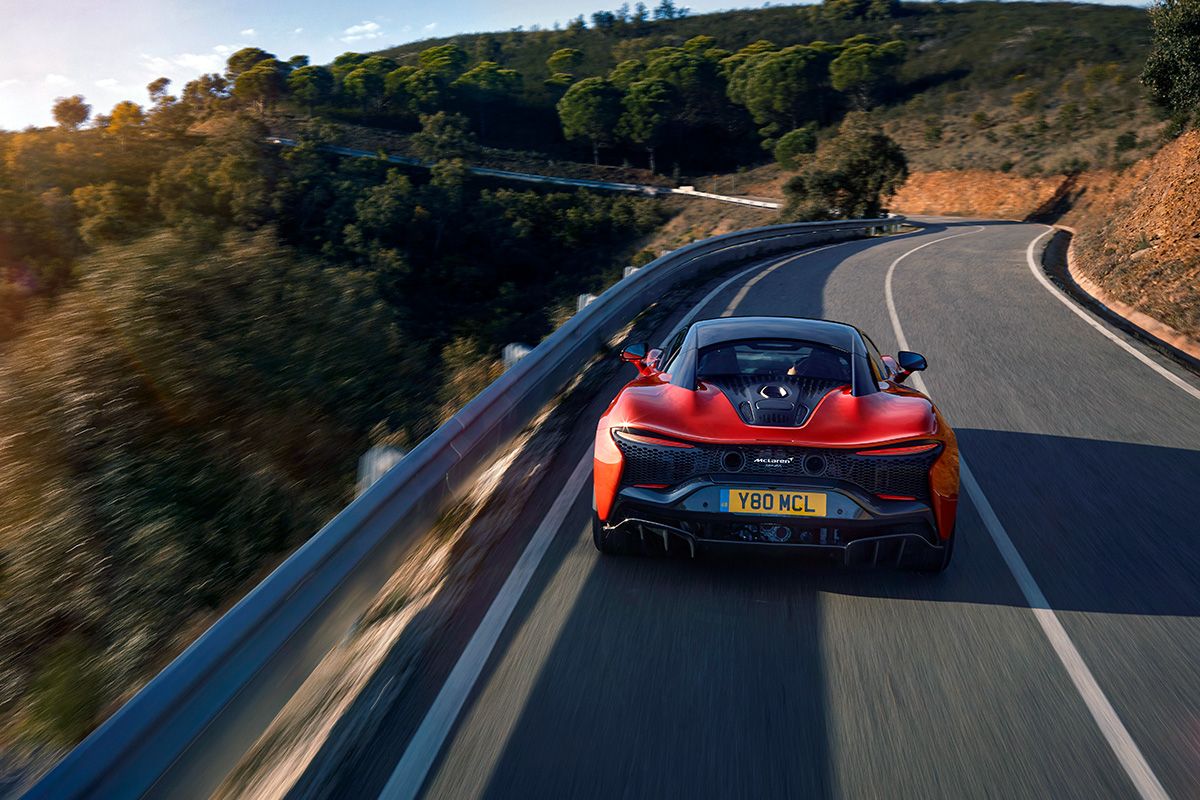
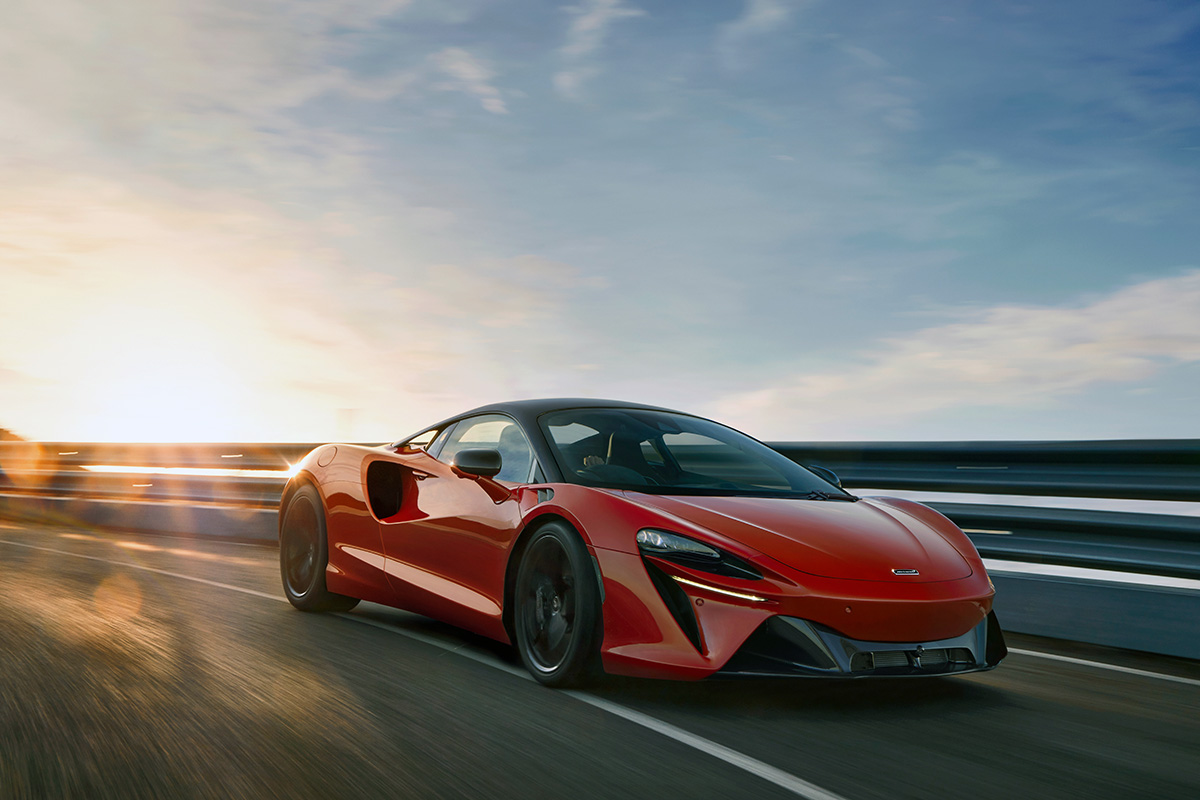
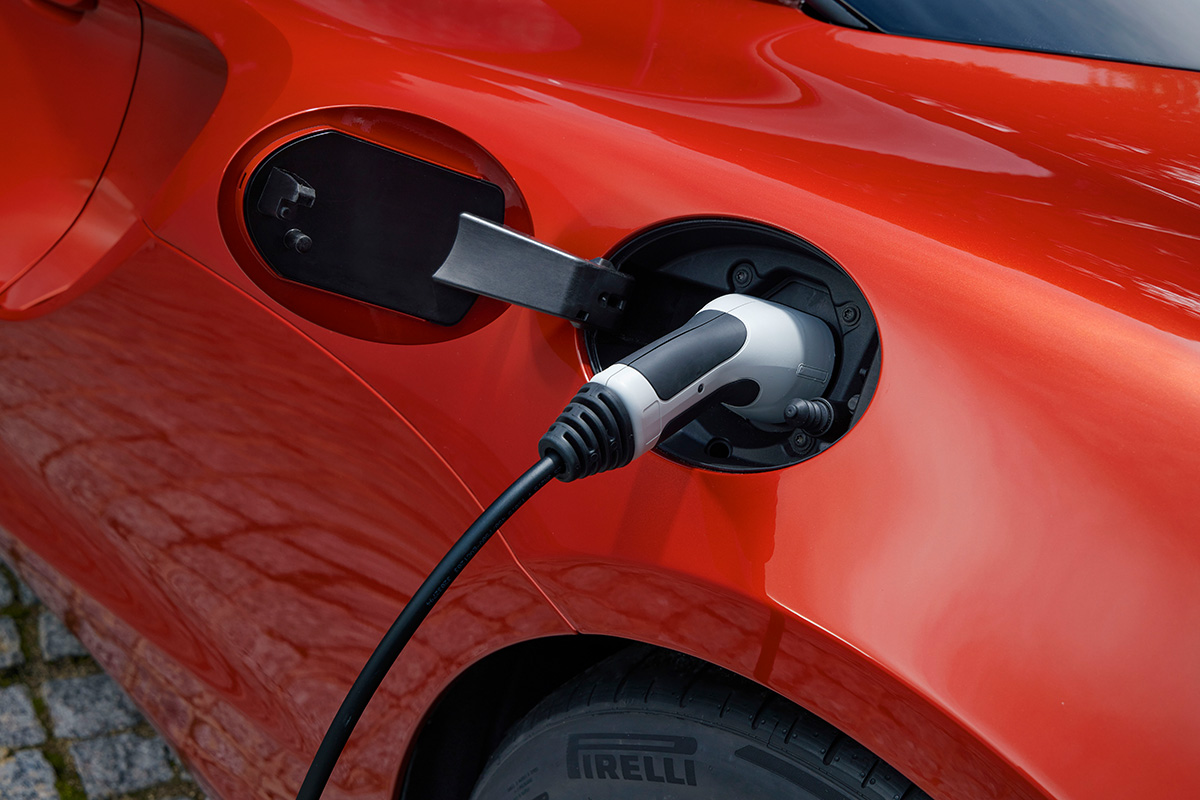
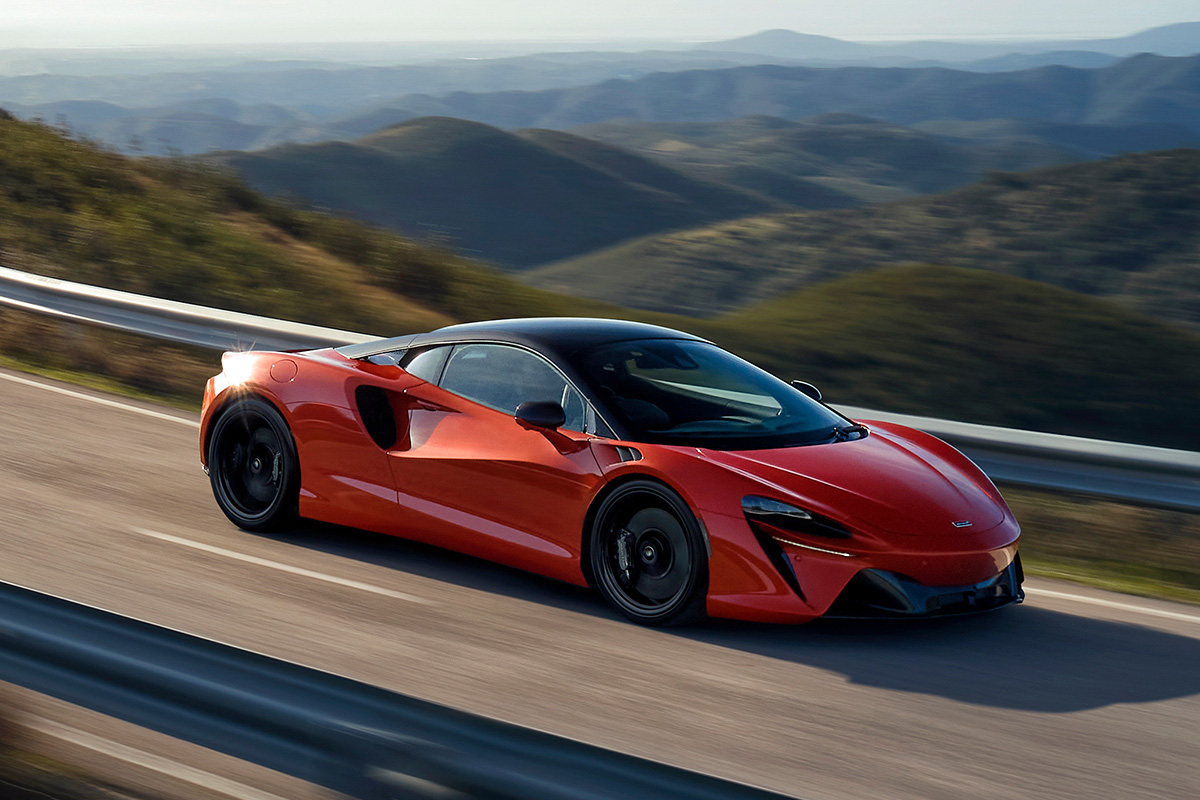
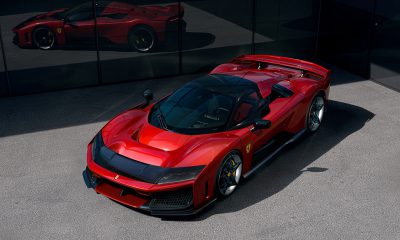

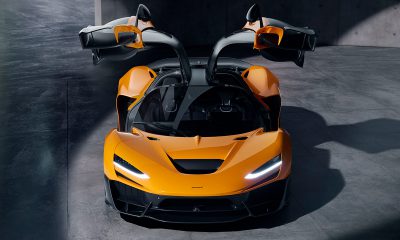



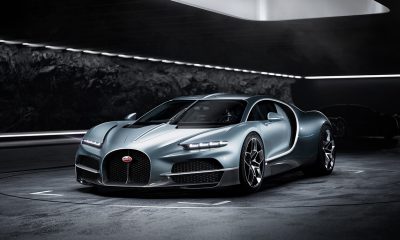

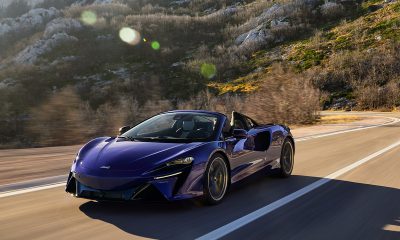
















Recent Comments